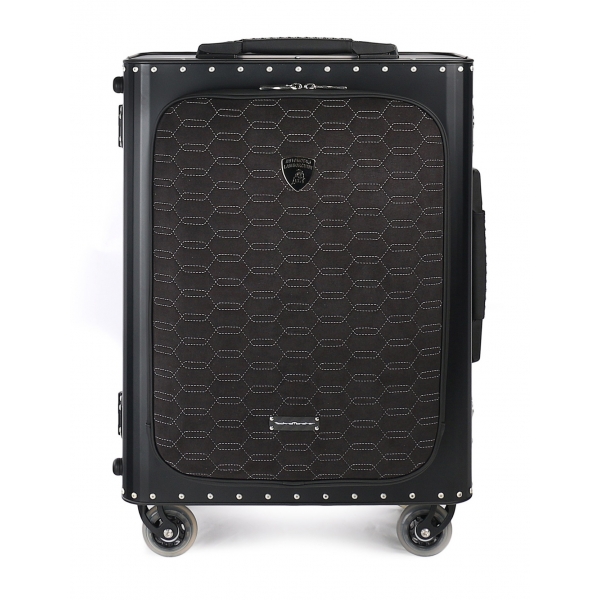No products
Categories
- Fashion Accessories
- Clothing
- Beauty & Lifestyle
-
Hi-Tech & Lifestyle
- Gaming
-
Case
- iPhone 11 Pro
- iPhone 11 Pro Max
- iPhone 11
- iPhone X / XS
- iPhone XS Max
- Samsung S10 / S10+ / S10e
- Huawei P30 / P30 Pro / P30 Lite
- Huawei P20 / P20 Pro / P20 Lite
- iPhone XR
- Samsung S9
- Samsung S9+
- iPhone 8 / 7
- iPhone 8 Plus / 7 Plus
- Samsung S8
- Samsung S8+
- Samsung S7
- Samsung S7 Edge
- iPhone 6 / 6 s
- iPhone 6 Plus / 6 s Plus
- iPhone 5 / SE
- Skin
- Audio
- Smart Home
- Drones & Hoverboard
- Photo & Video
- Desk Supplies
- Accessories
- Games
- Beverages
- Food
- Home
- Jewelry
- Luxury
- Travel
- Art
- Footwear
- Vintage Fashion
- Restaurants
- Sport
- Animals
- Gift Ideas
- Kidswear
Extra
Lamborghini
Informal Luxury, Future Shapers, Designers of Experiences

Brand

Lamborghini's story is the story of a dream come true. The dream of its founder, Ferruccio Lamborghini, was to make the perfect car. Today Lamborghini is the car manufacturer that produces the most coveted super sports cars in the world.

"This was the moment when I finally decided to create a perfect car." Ferruccio Lamborghini, 7 February 1963, Sant'Agata Bolognese, Italy
History
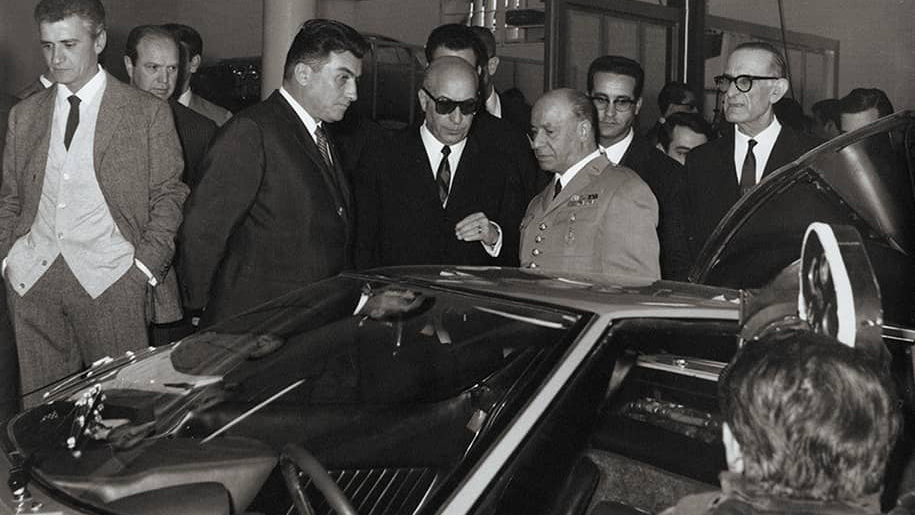
The history of ‘Lamborghini Automobili’ officially starts in 1963. Nevertheless, we must consider the far-off roots of this event, and they are the roots of Ferruccio Lamborghini. Born in 1916, this capable, impetuous, strong-willed Taurus was the leading character in the foundation of the company and the early phases of its extraordinary history.
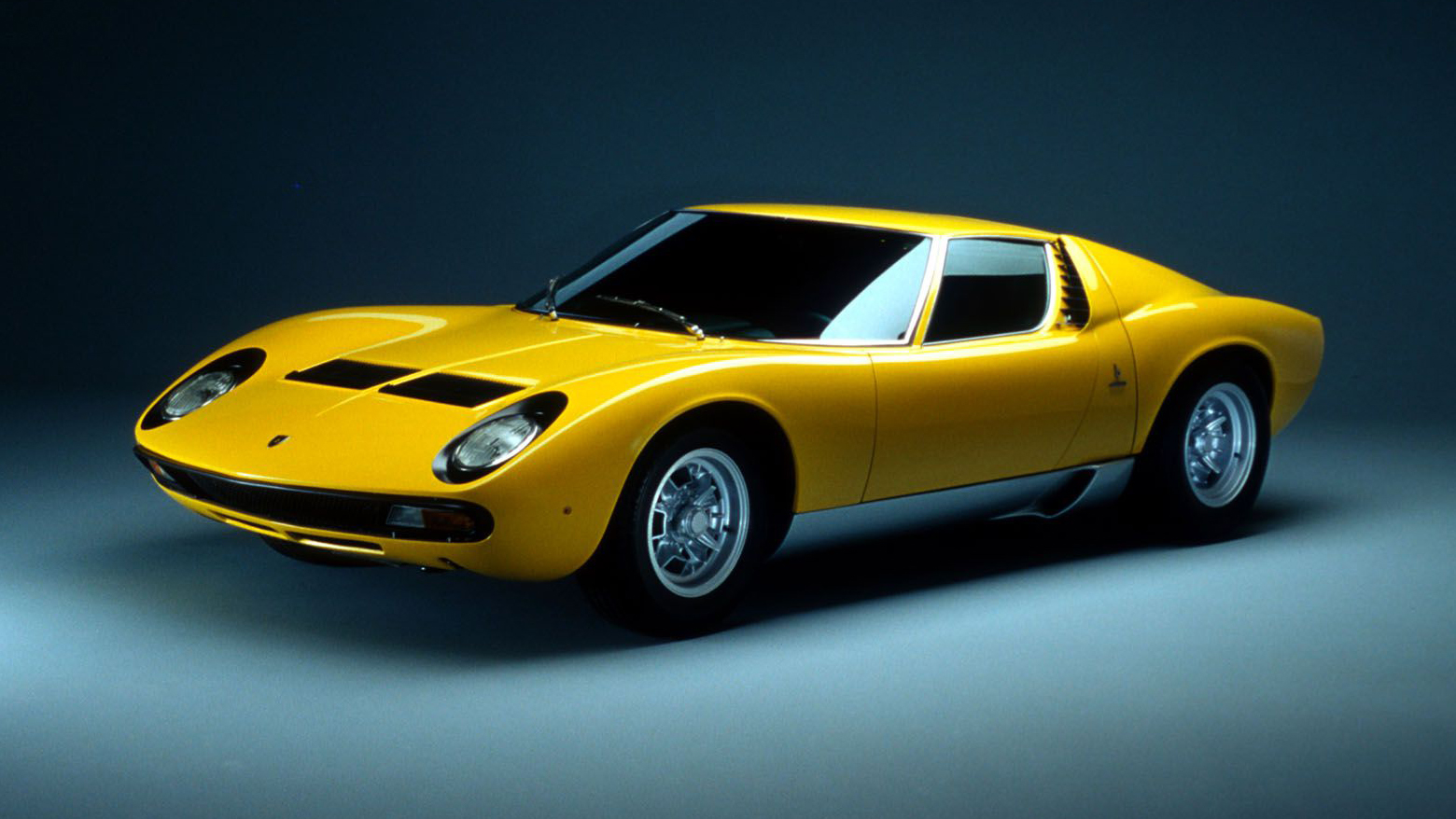
By the time he decided to build a factory of luxury sports cars, Ferruccio was already a very wealthy man. In the period following World War II, he founded his tractor factory, which he launched with energy and determination, creating a major point of reference in this industry. Other businesses followed, and he amassed his fortune at the perfect time, before his fiftieth birthday. By the early Sixties, Lamborghini was a powerful and successful man who knew exactly what he wanted, but when he said he would build a super sports car to compete with Ferrari, many people thought he was mad. Constructing that kind of car was viewed as an unexplainable extravagance, a hazardous leap in the dark, and something that would squander his fortune without ever turning a profit.
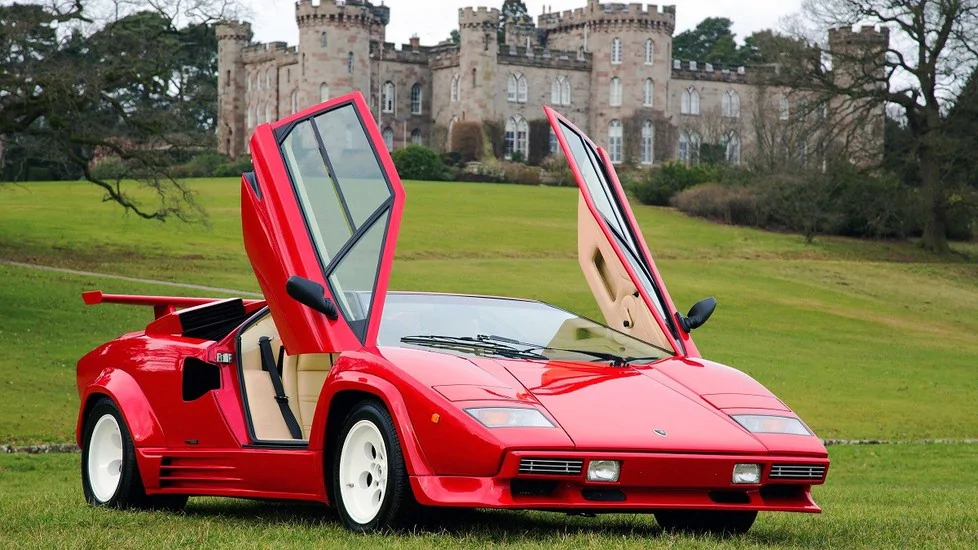
He started working on this project in late 1962, and by May 1963 he had already founded ‘ Automobili Ferruccio Lamborghini’, buying a large plot of land in Sant’Agata Bolognese, about 25 kilometres from Bologna, to build a new large and ultramodern factory. Because of the experience he had gained with his other companies, he was in a position to set up the best facilities for his purpose: a very functional structure that, at the time, was unrivalled in its field. The enormous and well-let central building was adjacent to the office building, so that the management could constantly monitor the production situation. This was ideal for Lamborghini, who would often roll up his shirtsleeves and go to work on the cars personally when he saw something that wasn’t done just the way he wanted.
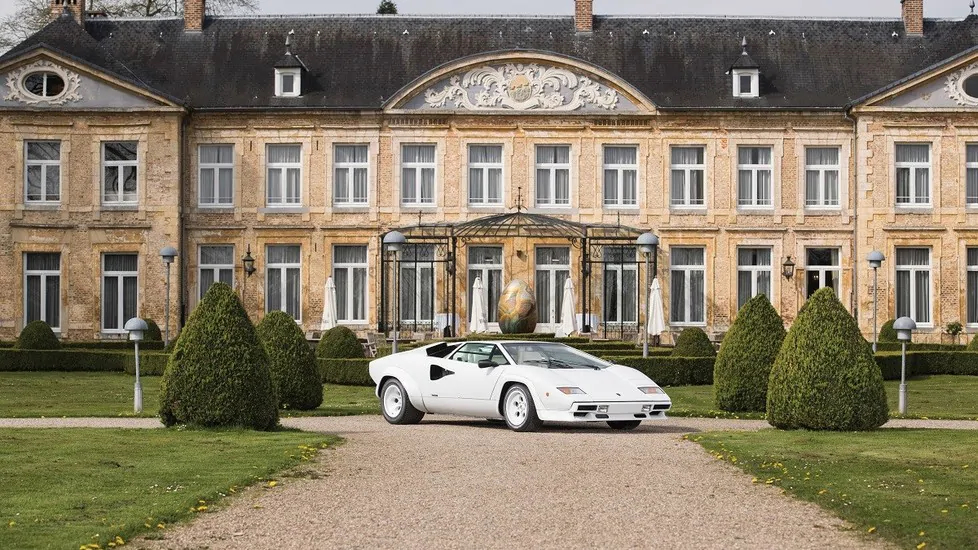
The first model was naturally put out quickly, given that Lamborghini had only a few months between the time he decided to build the factory and the date set for its official presentation. The event that was chosen for this was the era’s traditional rendezvous, the Turin Auto Show scheduled for the beginning of November 1963. Since Lamborghini had a very clear idea of what he wanted, he didn’t waste any time looking for the right people. For the engine, which had to be the best V12 made in the area – and thus in the world – he immediately turned to Giotto Bizzarrini, who had designed some of Ferrari’s most recent engines. For the rest of the car and to start up production, he hired two promising young engineers, Giampaolo Dallara and Giampaolo Stanzani. This was a considerable endeavour and time was short. Nevertheless, when the 350 GTV, was presented it was already a masterpiece.
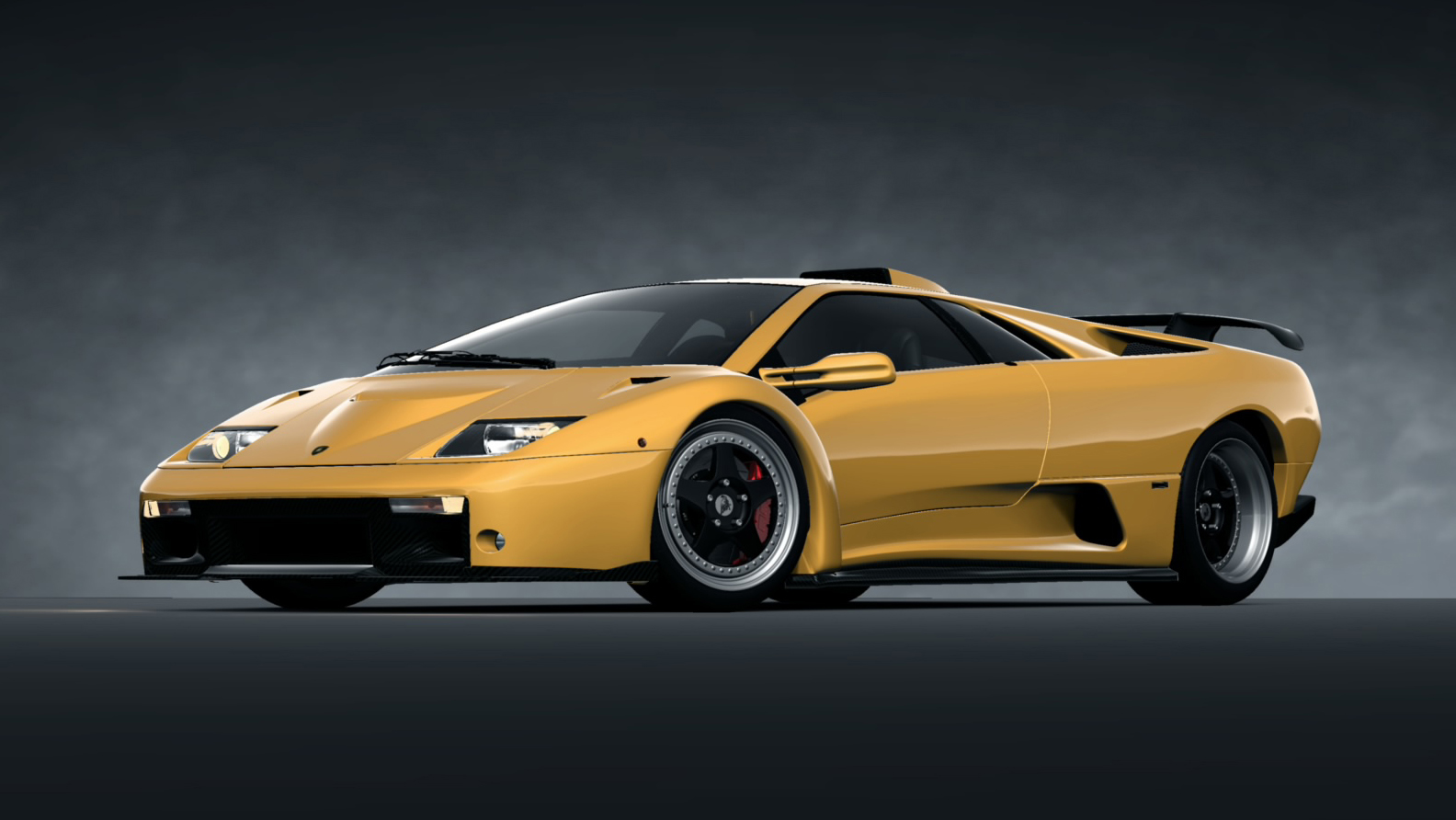
In retrospect, 1964 was an extraordinary year. The 350 GT was born. The immediate and almost inevitable offshoot of the 350 GT, of which 120 were built, was the 400 GT. Its engine was increased to a four-litre model and it featured the first gearbox designed in-house by Lamborghini. Based initially on the two-seater body, which was later developed into the 400 GT 2+2 with two occasional seats behind the two regular ones, the 400 GT reached the respectable overall production figure of 273 units.
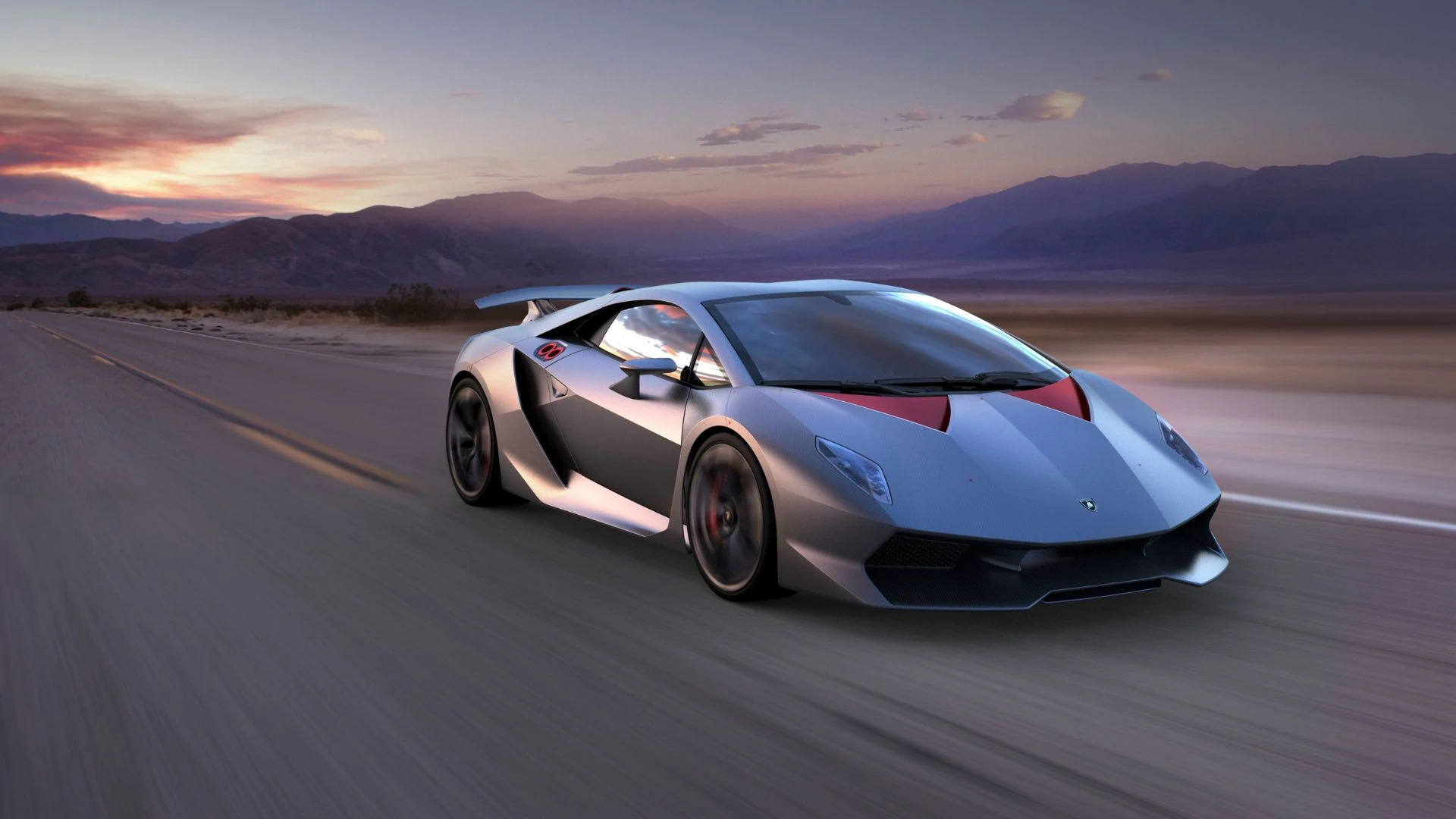
Thus, by early 1965 the coupes from Sant’Agata were starting to be noticed. This was the first, great phase of the Lamborghini company, and one of its most prolific and creative periods. Between October 1965 and June 1966, the company presented an astonishing number of new models. Although cars like the 3500 GTZ (with a Zegato body), 350 Spyder by Touring and the Monza 400 by Neri and Bonacini were essentially prototypes, the seemingly extravagant chassis presented at the Lamborghini stand during the 1965 Turin Auto Show was destined to have a profound impact on the history of the company and on the entire automotive industry. The design of this chassis can be traced to the enormous enthusiasm of the two young engineers hired by Ferrucio to head the technical department of his factory. Both Dallara and Stanzani were young, passionate and enthusiastic. The trust that Lamborghini placed in them by putting them at the head of this new and extraordinary operation quickly spawned new and more advanced ideas in the minds of the two engineers. These ideas were based on the state of the art in race cars during this period, namely the two-seater sports car. This was indeed the concept of the two young engineers from Bologna: to put a barely tamed version of a full-fledged race car on the road, rather than a reinterpretation of the classic traditional GT. Their project, provisionally codenamed 400 TP, thus had the 4-litre 12 cylinder engine of the 400 GT transversely mounted behind the cockpit, with the gearbox and the differential united to the engine base in a single casting. The chassis was made of bent, welded sheet metal that was drilled to make it more lightweight.

As the story goes, when Lamborghini saw the project he approved it immediately, probably shocking the two very surprised designers, who certainly didn’t dare hope for such a happy ending to their proposal. For once, however, Lamborghini was wrong in his forecast: he declared that a car like that should be built because it would be good advertising for the make, even though it would clearly never sell more than fifty worldwide. Every so often, even the best make mistakes. The chassis was completed rather quickly, and it was exhibited at the Turin Auto Show in October 1965. One person who believed in that chassis, and above all in Lamborghini’s capabilities was Nuccio Bertone. The Turin-based coach-builder was an expert on cars and engines, and as soon as he saw the chassis he approached Lamborghini and said, “I’m the one who can make the shoe to fit your foot”. The two shook hands, and this marked the beginning of an extraordinary adventure.

It was up to Marcello Gandini to interpret Bertone’s ideas, creating a unique and sensational body for the Bologna-built chassis, something that – in its blend of aggressiveness, elegance, originality and class – was to prove unrepeatable: the Miura was born. No one actually knows why it was given this name. Above all, Ferruccio never wanted to disclose why he came up with the analogy to this breed of extraordinary and powerful bulls, a Spanish bullfighting legend. For someone like him, a man who was born under the sign of Taurus and had used this symbol for the proud logo of all his industrial activities, naming one of his cars after a fighting bull must have come naturally. If anything what is surprising is the fact that, in choosing the first name for his first car that would have enormous international impact, he instinctively chose the best and most appropriate name. According to experts, Miura bulls are by no means ordinary animals. They are the strongest of all fighting bulls but, above all, they are the most intelligent and fiercest ones, in the military sense of the word. In their books, bullfighters often talk about the unmistakable gaze of the Miura bull: the gaze of a true fighter, shrewd and powerful. The name was particularly apt and, with just five letters, it was also very immediate.
Company Profile

Founded in 1963, Automobili Lamborghini is headquartered in Sant’Agata Bolognese, in Northern Italy.
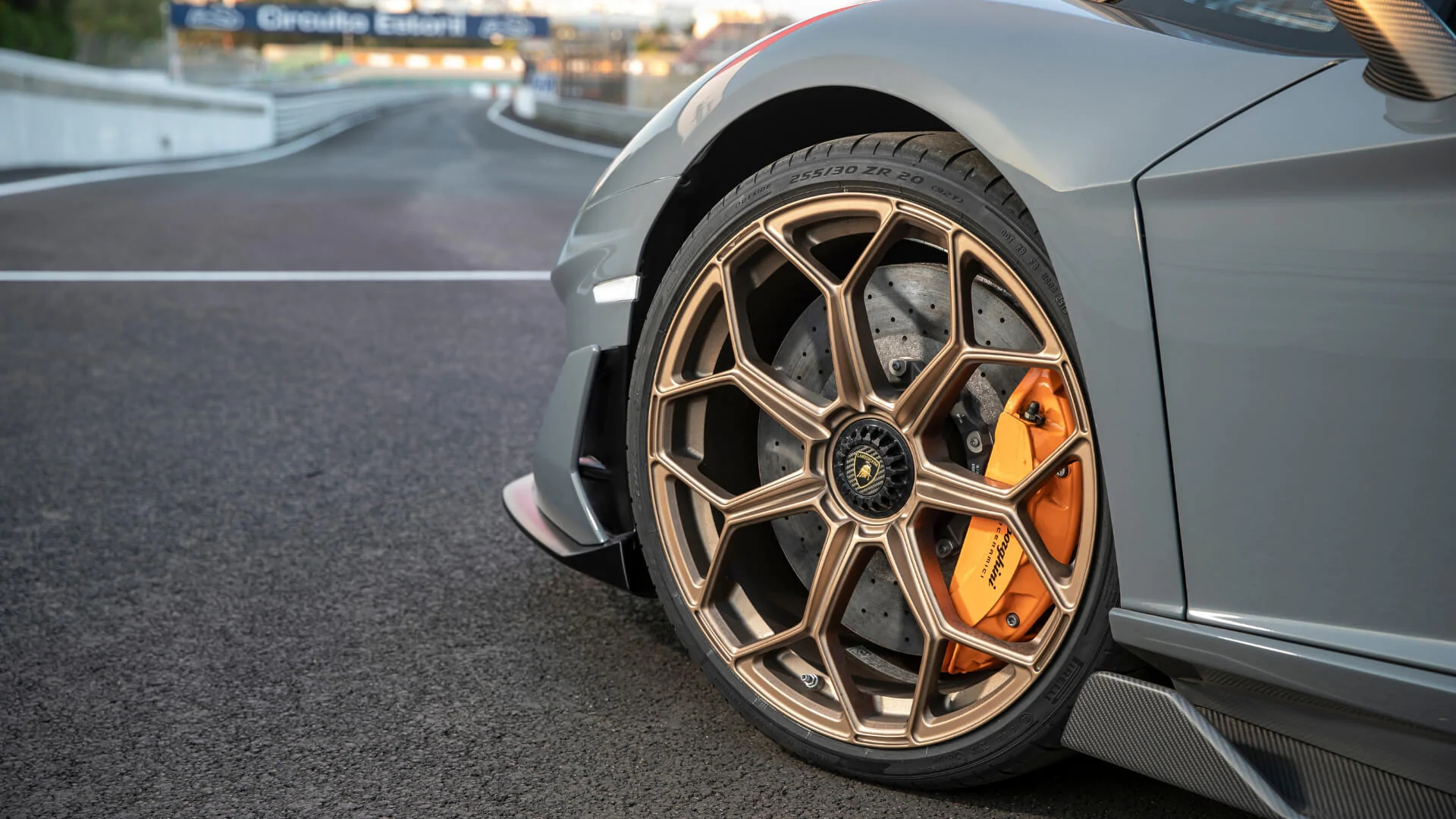
The Lamborghini Urus, its third model line and the first Super SUV, was launched in 2017, creating a new niche in the luxury segment with benchmark power, performance and driving dynamics, unparalleled design, luxury and daily usability.
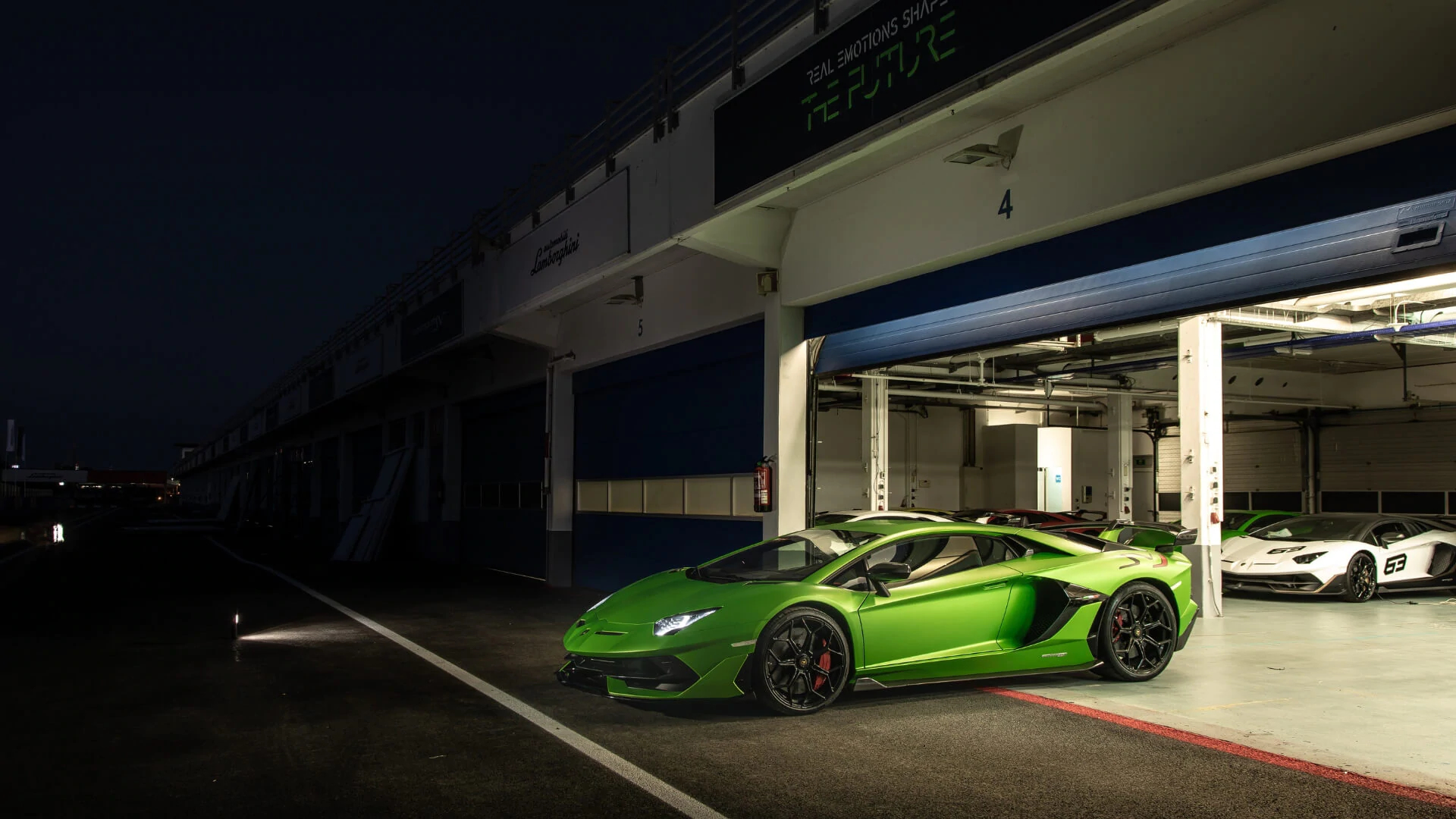
The V10 Huracán family, successor to the iconic Gallardo, debuted in 2014 with the 2017 Huracán Performante (Spyder version in 2018), proving its capabilities with several lap records.

In 2019 the new Huracán EVO (Coupe and Spyder) were introduced, featuring the V10 engine from the Performante and incorporating next-generation vehicle dynamic control and aerodynamics.
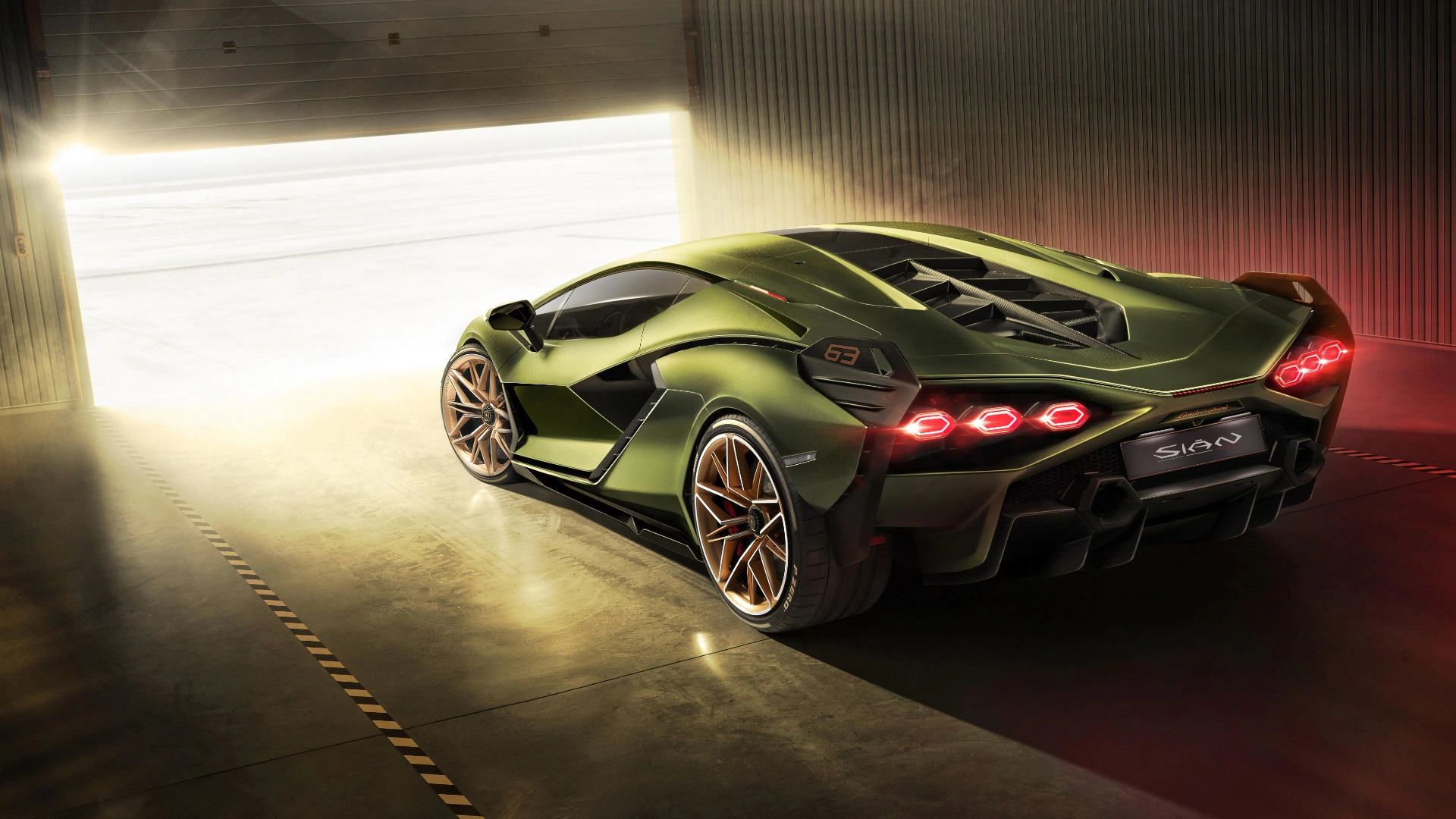
In 2020 the new Huracán EVO RWD launches with a performance providing unfiltered feedback and an emotive and engaging driving experience controlled by the pilot. In May 2020 the new Huracán EVO RWD Spyder was revealed virtually, using for the first time Augmented Reality (AR).
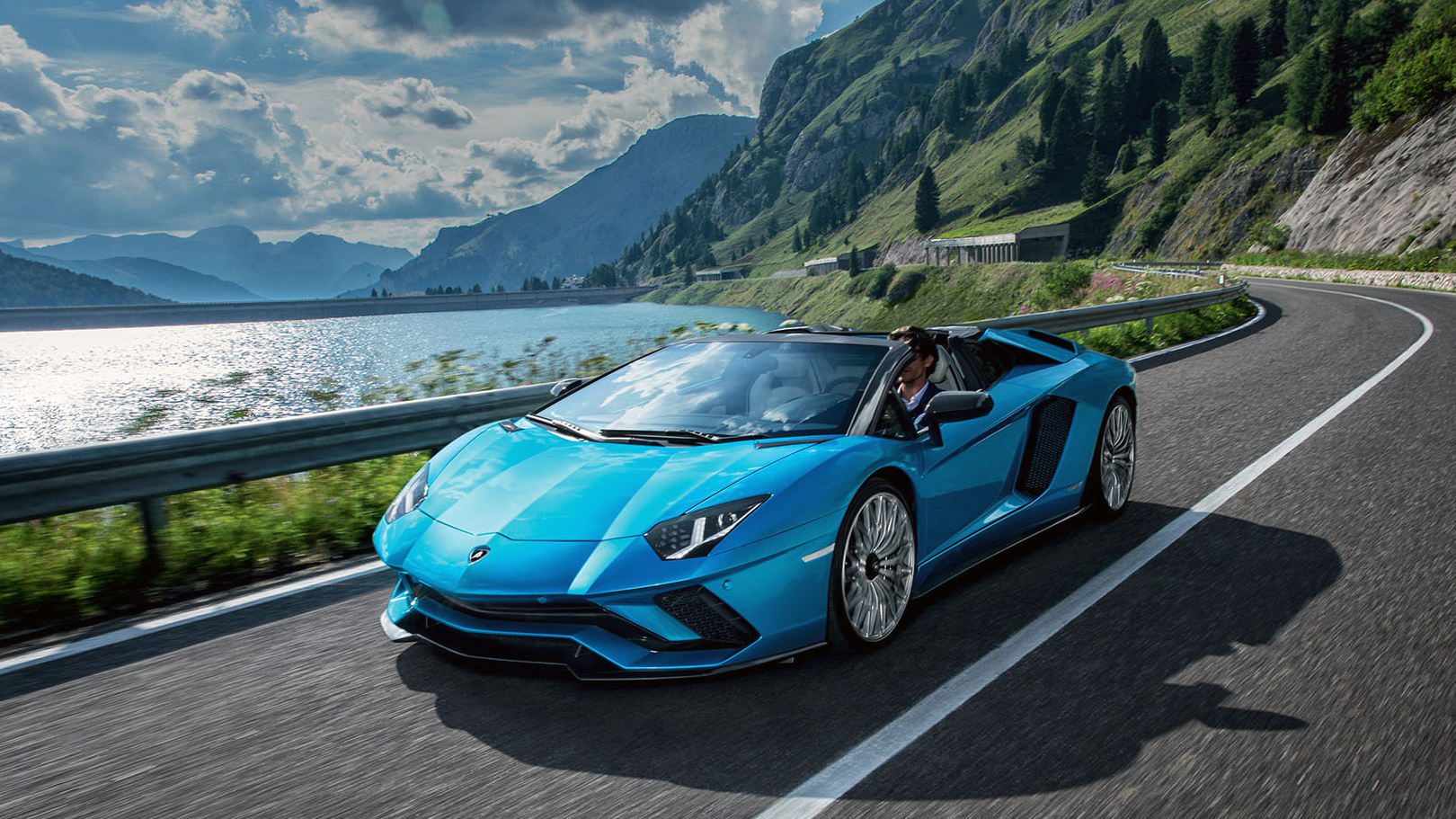
The Aventador S Coupé and Roadster launched in 2017 represent a new benchmark in the world of V12 luxury super sports cars.
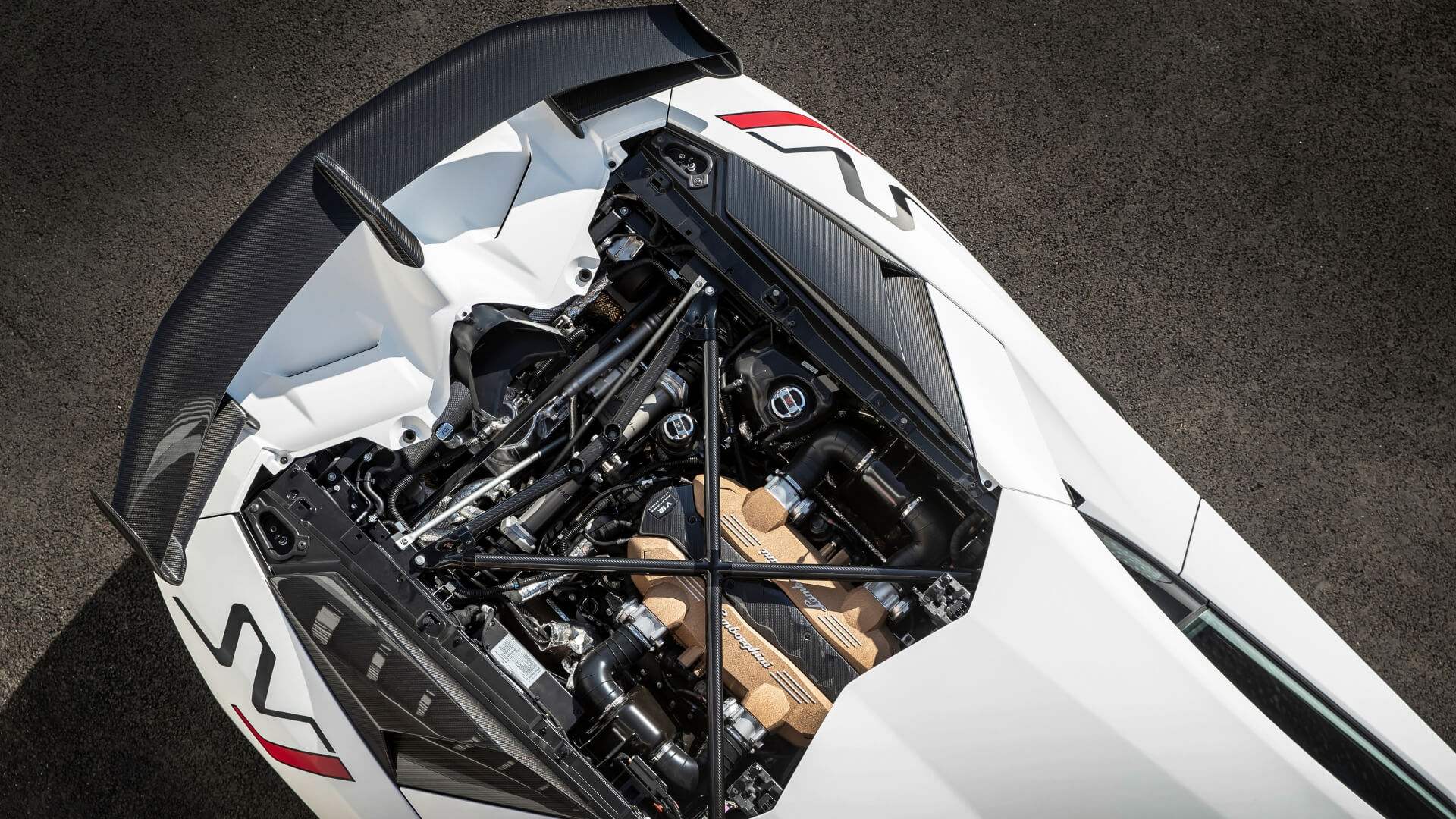
The Aventador SVJ, presented in August 2018, claimed its position as the Nürburgring-Nordschleife production car record holder, completing the 20.6 km lap in just 6:44.97 minutes. In 2019 the SVJ Roadster was introduced to the markets.
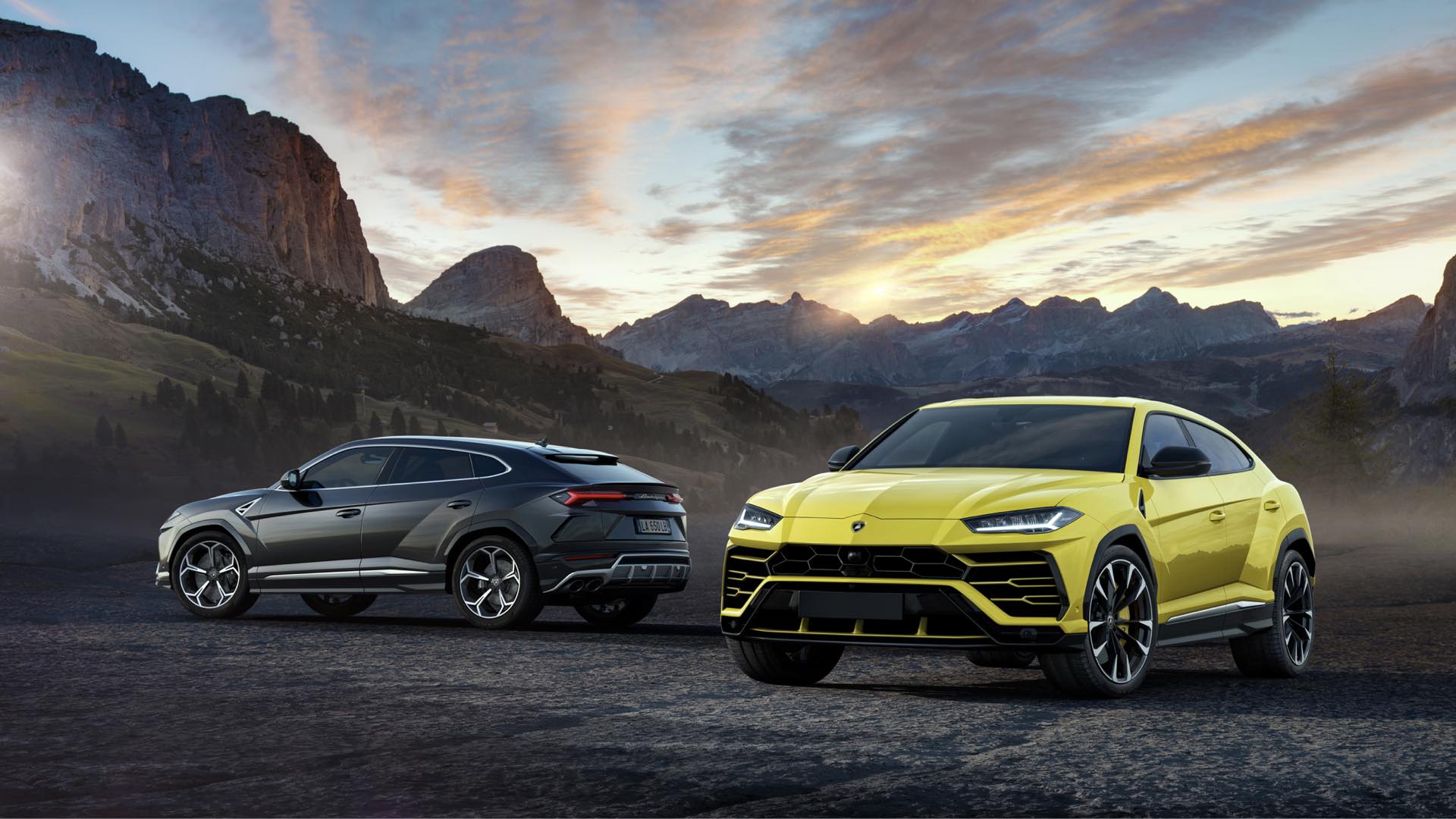
With 165 dealerships throughout the world, the company has seen global sales growth for the last nine consecutive years, with 8,205 cars delivered in 2019.
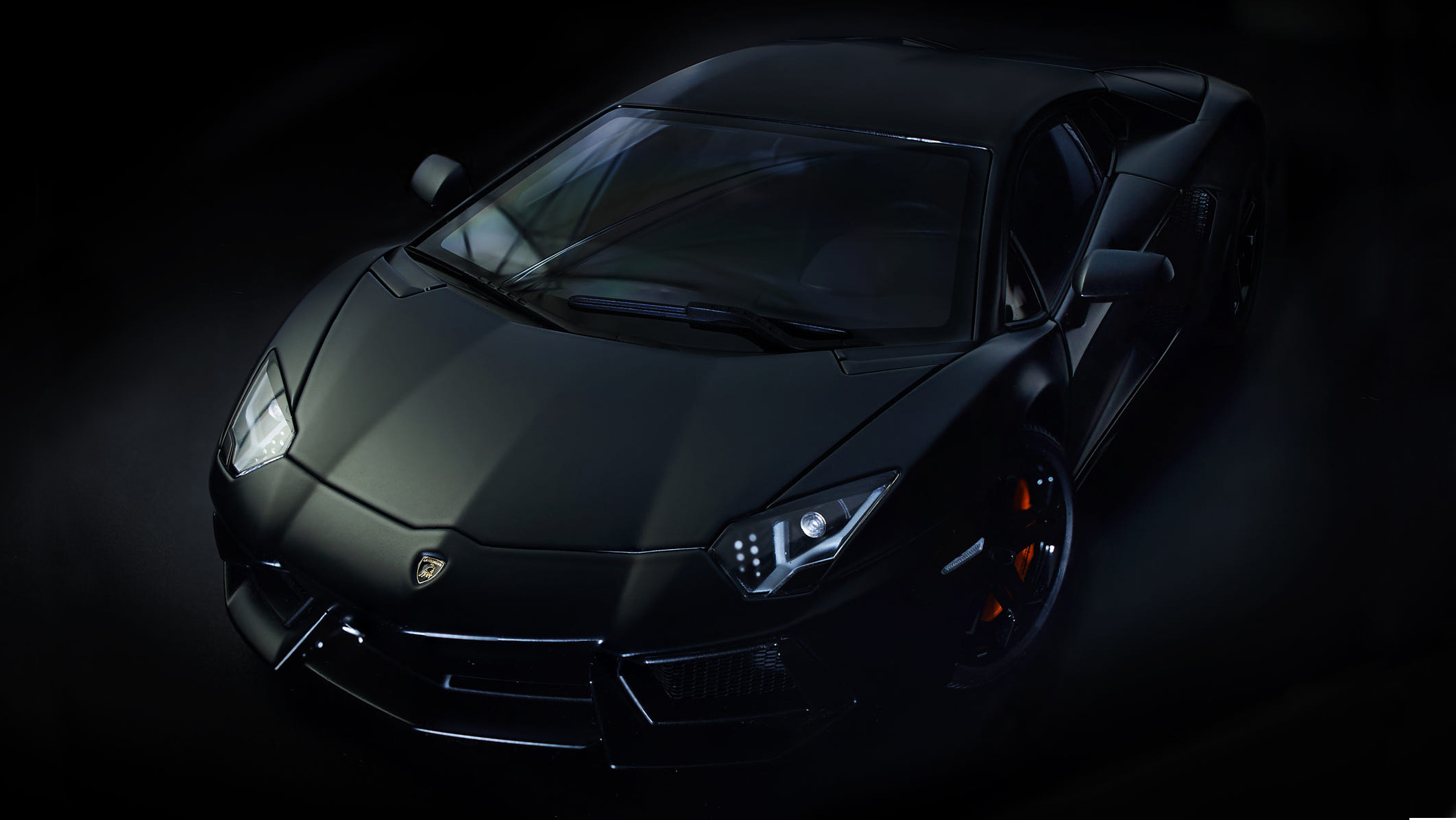
Over half a century Automobili Lamborghini created a continuous series of dream cars, including the 350 GT, Miura, Espada, Countach, Diablo, Murciélago, as well as limited editions such as the Reventón, Sesto Elemento, Veneno and the Centenario.
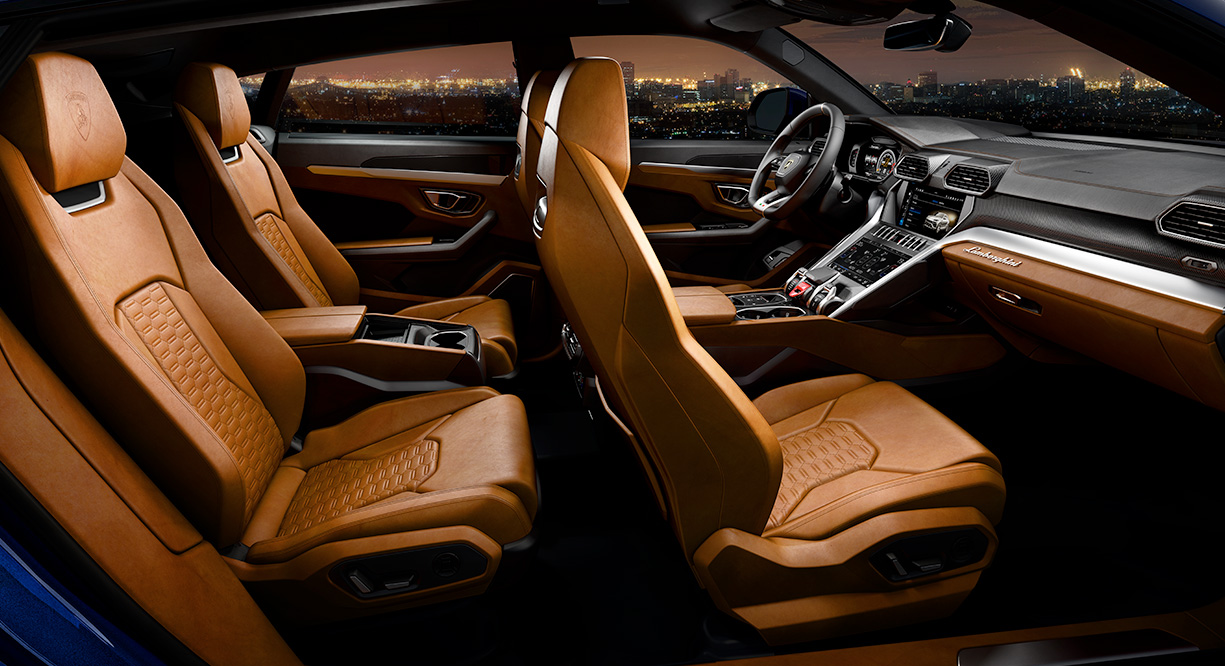
With the Lamborghini Sián FKP 37 unveiled in 2019, a few-off build of only 63 units, the company delivers unique new hybrid technologies, featuring the world-first application of a supercapacitor for hybridization, new materials technology, and unsurpassed Lamborghini performance.
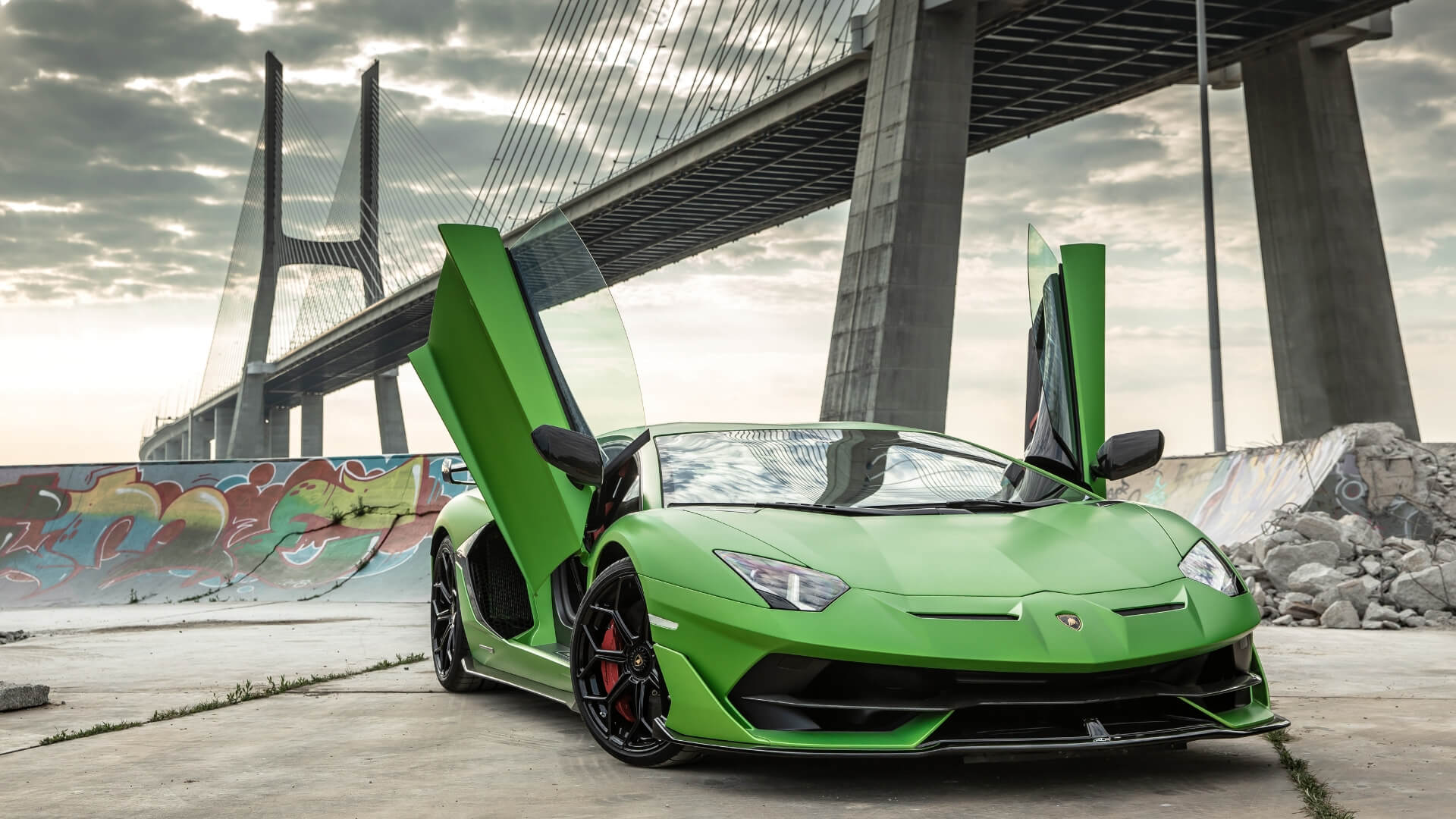
Sián is thus able to offer extraordinary emotions and exceptional dynamic performance typical of a Lamborghini super sports car, while meeting future electrification needs.

Products Lamborghini
Presentation TecknoMonster
Lamborghini
Informal Luxury, Future Shapers, Designers of Experiences

Brand

Lamborghini's story is the story of a dream come true. The dream of its founder, Ferruccio Lamborghini, was to make the perfect car. Today Lamborghini is the car manufacturer that produces the most coveted super sports cars in the world.

"This was the moment when I finally decided to create a perfect car." Ferruccio Lamborghini, 7 February 1963, Sant'Agata Bolognese, Italy
History

The history of ‘Lamborghini Automobili’ officially starts in 1963. Nevertheless, we must consider the far-off roots of this event, and they are the roots of Ferruccio Lamborghini. Born in 1916, this capable, impetuous, strong-willed Taurus was the leading character in the foundation of the company and the early phases of its extraordinary history.

By the time he decided to build a factory of luxury sports cars, Ferruccio was already a very wealthy man. In the period following World War II, he founded his tractor factory, which he launched with energy and determination, creating a major point of reference in this industry. Other businesses followed, and he amassed his fortune at the perfect time, before his fiftieth birthday. By the early Sixties, Lamborghini was a powerful and successful man who knew exactly what he wanted, but when he said he would build a super sports car to compete with Ferrari, many people thought he was mad. Constructing that kind of car was viewed as an unexplainable extravagance, a hazardous leap in the dark, and something that would squander his fortune without ever turning a profit.

He started working on this project in late 1962, and by May 1963 he had already founded ‘ Automobili Ferruccio Lamborghini’, buying a large plot of land in Sant’Agata Bolognese, about 25 kilometres from Bologna, to build a new large and ultramodern factory. Because of the experience he had gained with his other companies, he was in a position to set up the best facilities for his purpose: a very functional structure that, at the time, was unrivalled in its field. The enormous and well-let central building was adjacent to the office building, so that the management could constantly monitor the production situation. This was ideal for Lamborghini, who would often roll up his shirtsleeves and go to work on the cars personally when he saw something that wasn’t done just the way he wanted.

The first model was naturally put out quickly, given that Lamborghini had only a few months between the time he decided to build the factory and the date set for its official presentation. The event that was chosen for this was the era’s traditional rendezvous, the Turin Auto Show scheduled for the beginning of November 1963. Since Lamborghini had a very clear idea of what he wanted, he didn’t waste any time looking for the right people. For the engine, which had to be the best V12 made in the area – and thus in the world – he immediately turned to Giotto Bizzarrini, who had designed some of Ferrari’s most recent engines. For the rest of the car and to start up production, he hired two promising young engineers, Giampaolo Dallara and Giampaolo Stanzani. This was a considerable endeavour and time was short. Nevertheless, when the 350 GTV, was presented it was already a masterpiece.

In retrospect, 1964 was an extraordinary year. The 350 GT was born. The immediate and almost inevitable offshoot of the 350 GT, of which 120 were built, was the 400 GT. Its engine was increased to a four-litre model and it featured the first gearbox designed in-house by Lamborghini. Based initially on the two-seater body, which was later developed into the 400 GT 2+2 with two occasional seats behind the two regular ones, the 400 GT reached the respectable overall production figure of 273 units.

Thus, by early 1965 the coupes from Sant’Agata were starting to be noticed. This was the first, great phase of the Lamborghini company, and one of its most prolific and creative periods. Between October 1965 and June 1966, the company presented an astonishing number of new models. Although cars like the 3500 GTZ (with a Zegato body), 350 Spyder by Touring and the Monza 400 by Neri and Bonacini were essentially prototypes, the seemingly extravagant chassis presented at the Lamborghini stand during the 1965 Turin Auto Show was destined to have a profound impact on the history of the company and on the entire automotive industry. The design of this chassis can be traced to the enormous enthusiasm of the two young engineers hired by Ferrucio to head the technical department of his factory. Both Dallara and Stanzani were young, passionate and enthusiastic. The trust that Lamborghini placed in them by putting them at the head of this new and extraordinary operation quickly spawned new and more advanced ideas in the minds of the two engineers. These ideas were based on the state of the art in race cars during this period, namely the two-seater sports car. This was indeed the concept of the two young engineers from Bologna: to put a barely tamed version of a full-fledged race car on the road, rather than a reinterpretation of the classic traditional GT. Their project, provisionally codenamed 400 TP, thus had the 4-litre 12 cylinder engine of the 400 GT transversely mounted behind the cockpit, with the gearbox and the differential united to the engine base in a single casting. The chassis was made of bent, welded sheet metal that was drilled to make it more lightweight.

As the story goes, when Lamborghini saw the project he approved it immediately, probably shocking the two very surprised designers, who certainly didn’t dare hope for such a happy ending to their proposal. For once, however, Lamborghini was wrong in his forecast: he declared that a car like that should be built because it would be good advertising for the make, even though it would clearly never sell more than fifty worldwide. Every so often, even the best make mistakes. The chassis was completed rather quickly, and it was exhibited at the Turin Auto Show in October 1965. One person who believed in that chassis, and above all in Lamborghini’s capabilities was Nuccio Bertone. The Turin-based coach-builder was an expert on cars and engines, and as soon as he saw the chassis he approached Lamborghini and said, “I’m the one who can make the shoe to fit your foot”. The two shook hands, and this marked the beginning of an extraordinary adventure.

It was up to Marcello Gandini to interpret Bertone’s ideas, creating a unique and sensational body for the Bologna-built chassis, something that – in its blend of aggressiveness, elegance, originality and class – was to prove unrepeatable: the Miura was born. No one actually knows why it was given this name. Above all, Ferruccio never wanted to disclose why he came up with the analogy to this breed of extraordinary and powerful bulls, a Spanish bullfighting legend. For someone like him, a man who was born under the sign of Taurus and had used this symbol for the proud logo of all his industrial activities, naming one of his cars after a fighting bull must have come naturally. If anything what is surprising is the fact that, in choosing the first name for his first car that would have enormous international impact, he instinctively chose the best and most appropriate name. According to experts, Miura bulls are by no means ordinary animals. They are the strongest of all fighting bulls but, above all, they are the most intelligent and fiercest ones, in the military sense of the word. In their books, bullfighters often talk about the unmistakable gaze of the Miura bull: the gaze of a true fighter, shrewd and powerful. The name was particularly apt and, with just five letters, it was also very immediate.
Company Profile

Founded in 1963, Automobili Lamborghini is headquartered in Sant’Agata Bolognese, in Northern Italy.

The Lamborghini Urus, its third model line and the first Super SUV, was launched in 2017, creating a new niche in the luxury segment with benchmark power, performance and driving dynamics, unparalleled design, luxury and daily usability.

The V10 Huracán family, successor to the iconic Gallardo, debuted in 2014 with the 2017 Huracán Performante (Spyder version in 2018), proving its capabilities with several lap records.

In 2019 the new Huracán EVO (Coupe and Spyder) were introduced, featuring the V10 engine from the Performante and incorporating next-generation vehicle dynamic control and aerodynamics.

In 2020 the new Huracán EVO RWD launches with a performance providing unfiltered feedback and an emotive and engaging driving experience controlled by the pilot. In May 2020 the new Huracán EVO RWD Spyder was revealed virtually, using for the first time Augmented Reality (AR).

The Aventador S Coupé and Roadster launched in 2017 represent a new benchmark in the world of V12 luxury super sports cars.

The Aventador SVJ, presented in August 2018, claimed its position as the Nürburgring-Nordschleife production car record holder, completing the 20.6 km lap in just 6:44.97 minutes. In 2019 the SVJ Roadster was introduced to the markets.

With 165 dealerships throughout the world, the company has seen global sales growth for the last nine consecutive years, with 8,205 cars delivered in 2019.

Over half a century Automobili Lamborghini created a continuous series of dream cars, including the 350 GT, Miura, Espada, Countach, Diablo, Murciélago, as well as limited editions such as the Reventón, Sesto Elemento, Veneno and the Centenario.

With the Lamborghini Sián FKP 37 unveiled in 2019, a few-off build of only 63 units, the company delivers unique new hybrid technologies, featuring the world-first application of a supercapacitor for hybridization, new materials technology, and unsurpassed Lamborghini performance.

Sián is thus able to offer extraordinary emotions and exceptional dynamic performance typical of a Lamborghini super sports car, while meeting future electrification needs.

Products Lamborghini
Presentation TecknoMonster
-
TecknoMonster - Automobili Lamborghini - Trolley - Fastroad Titanium and...
The Fastroad-Automobili-Lamborghini suitcase is a product of the exclusive partnership between the legendary car manufacturer from Sant'Agata Bolognese and TecknoMonster. Made entirely in Italy, this product stands apart for its premium materials and curated details.
5 200,00 € -
TecknoMonster - Automobili Lamborghini - Trolley - Fastrack Titanium and...
The Automobili Lamborghini Kronos titanium and Alcantara® wheeled suitcase is the result of an exclusively Italian collaboration between Casa del Toro and TecknoMonster. Handcrafted in Italy, this cabin bag is part of the Black Carpet range made using titanium, an ultra-light and durable metal used for the Urus wheel locks.
4 600,00 € -
TecknoMonster - Automobili Lamborghini - Matrik Travel Bag in Carbon Fiber...
The Matrik-Automobili-Lamborghini travel bag is a product of the exclusive partnership between the legendary car manufacturer from Sant'Agata Bolognese and TecknoMonster. Made entirely in Italy, this item stands apart for its premium materials, curated details and contrasting quilting which traces out the iconic signature hexagonal pattern.
1 700,00 € -
TecknoMonster - Automobili Lamborghini - Gimnika Travel Bag in Carbon Fiber...
The Automobili-Lamborghini Gimnika travel bag in carbon fibre belongs to the travel set specially designed by TecknoMonster for the Urus Super SUV boot. Handcrafted and entirely finished in Italy, it has been created using the same materials as the Lamborghini super-sports cars: soft carbon, real carbon-fibre component parts and beehive-pattern details.
1 800,00 € -
TecknoMonster - Automobili Lamborghini - Dragon Backpack in Carbon Fiber and...
The Dragon-Automobili-Lamborghini backpack is a product of the exclusive partnership between the legendary car manufacturer from Sant'Agata Bolognese and TecknoMonster. Made entirely in Italy, this item stands apart for its premium materials, curated details and contrasting quilting which traces out the iconic signature hexagonal pattern.
1 300,00 € -
TecknoMonster - Automobili Lamborghini - Attak Crossbody Bag in Carbon Fiber...
The Attak Crossbody Bag is a product of the exclusive partnership between the legendary car manufacturer from Sant'Agata Bolognese and TecknoMonster. Made entirely in Italy, this item stands apart for its premium materials, curated details and contrasting quilting which traces out the iconic signature hexagonal pattern.
340,00 € -
TecknoMonster - Automobili Lamborghini - Task Crossbody Bag in Carbon Fiber...
The Task Crossbody Bag is a product of the exclusive partnership between the legendary car manufacturer from Sant'Agata Bolognese and TecknoMonster. Made entirely in Italy, this item stands apart for its premium materials, curated details and contrasting quilting which traces out the iconic signature hexagonal pattern.
389,00 € -
TecknoMonster - Automobili Lamborghini - Trolley - Kronos Titanium and...
The Automobili Lamborghini Kronos titanium and Alcantara® wheeled suitcase is the result of an exclusively Italian collaboration between Casa del Toro and TecknoMonster. Handcrafted in Italy, this cabin bag is part of the Black Carpet range made using titanium, an ultra-light and durable metal used for the Urus wheel locks.
2 950,00 € -
TecknoMonster - Automobili Lamborghini - Trolley - Kargot Wheeled Suitcase -...
The Automobili-Lamborghini Kargot wheeled suitcase in carbon fibre belongs to the travel set specially designed by TecknoMonster for the Urus Super SUV boot. Handcrafted and entirely finished in Italy, it has been made with 2 wheels and created using the same materials as the Lamborghini super-sports cars: supple leather and carbon fibre, titanium frame...
4 400,00 € -
TecknoMonster - Automobili Lamborghini - Aventador S Bag in Carbon Fiber and...
The Aventador S Automobili Lamborghini bag was designed specifically for the boot of our 12-cylinder and was born from an exclusively Italian collaboration between the Casa del Toro and TecknoMonster. Handcrafted in Italy, this special edition is created using the same materials used in the super sports cars Lamborghini, soft carbon and Alcantara®,...
1 440,00 € -
TecknoMonster - Automobili Lamborghini - Huracán Bag in Carbon Fiber and...
The Huracán Automobili Lamborghini bag was designed specifically for the boot of our 10-cylinder engine and was born from an exclusively Italian collaboration between the Casa del Toro and TecknoMonster. Handcrafted in Italy, this special edition is created using the same materials used in the super sports cars Lamborghini, soft carbon and Alcantara®,...
1 350,00 € -
TecknoMonster - Automobili Lamborghini - Urus Bag in Carbon Fiber and...
The Urus Automobili Lamborghini bag has been specially designed for the boot of our SSUV and stems from an exclusively Italian collaboration between the Casa del Toro and TecknoMonster. Handcrafted in Italy, this special edition is created using the same materials used in the super sports cars Lamborghini, soft carbon and Alcantara®, combined with a...
1 440,00 € -
TecknoMonster - Automobili Lamborghini - Klimber Backpack in Carbon Fiber and...
The Klimber Automobili Lamborghini backpack is the result of an exclusively Italian collaboration between the Casa del Toro and TecknoMonster. Handcrafted in Italy, the special edition Black Carpet is created using the same materials used in the super sports cars Lamborghini, soft carbon and Alcantara®, combined with a practical technical nylon.
546,00 € -
TecknoMonster - Automobili Lamborghini - Surcloud Bag in Carbon Fiber and...
The Surcloud Automobili Lamborghini briefcase bag originates from an exclusively Italian collaboration between the Casa del Toro and TecknoMonster. Handcrafted in Italy, the special edition Black Carpet is created using the same materials used in the super sports cars Lamborghini, soft carbon and Alcantara®, combined with a practical technical nylon.
636,00 € -
TecknoMonster - Automobili Lamborghini - Zangolo Backpack in Carbon Fiber and...
The Zangolo Automobili Lamborghini backpack was born from an exclusively Italian collaboration between the Casa del Toro and TecknoMonster. Handcrafted in Italy, the special edition Black Carpet is created using the same materials used in the super sports cars Lamborghini, soft carbon and Alcantara®, combined with a practical technical nylon.
484,00 € -
TecknoMonster - Automobili Lamborghini - Zingo Waist Bag in Carbon Fiber and...
The Zingo Automobili Lamborghini baby carrier was born from an exclusively Italian collaboration between the Casa del Toro and TecknoMonster. Handcrafted in Italy, the special edition Black Carpet is created using the same materials used in the super sports cars Lamborghini, soft carbon and Alcantara®, combined with a practical technical nylon.
379,00 € -
TecknoMonster - Lamborghini Squadra Corse - Sinossi Cabin Big Racing Team -...
Carbon Fibre Trolley Opal Glacies, forged in autoclave with black anodized aluminium details. A co-branding between TecknoMonster and Lamborghini Squadra Corse. Equipped with pivot wheels system with 8 ball bearings.
8 784,00 € -
TecknoMonster - Lamborghini Squadra Corse - Taktical Racing Team -...
TecknoMonster co-branding bag and Lamborghini Squadra Corse made of Nix Carbon Fibre and Black Technical Fabric. The leather used for the finishes is the same for cars whilst the seams are green. The logo is printed on Carbon Fibre Glacies.
2 160,00 € -
TecknoMonster - Lamborghini Squadra Corse - Cockpit Racing Team -...
TecknoMonster and Lamborghini Squadra Corse co-branding shoulder bag made of Carbon Fibre Nix and Black Technical Fabric. The leather used for the finishings is the same for cars whilst the seams are green. The logo is printed on Carbon Fibre Glacies.
1 050,00 € -
TecknoMonster - Lamborghini Squadra Corse - Dok Racing Team - Aeronautical...
TecknoMonster co-branding clutch and document holder and Lamborghini Squadra Corse made of Nix Carbon Fibre and Black Technical Fabric. The leather used for the finishes is the same for cars whilst the seams are green. The logo is printed on Carbon Fibre Glacies.
840,00 € -
TecknoMonster - Automobili Lamborghini - Kromia Automobili Lamborghini -...
TecknoMonster and Automobili Lamborghini co-branding clothes stand in Nix Carbon Fibre. Hanger grip in Carbon Fibre Glacies and leather.
3 477,00 €










